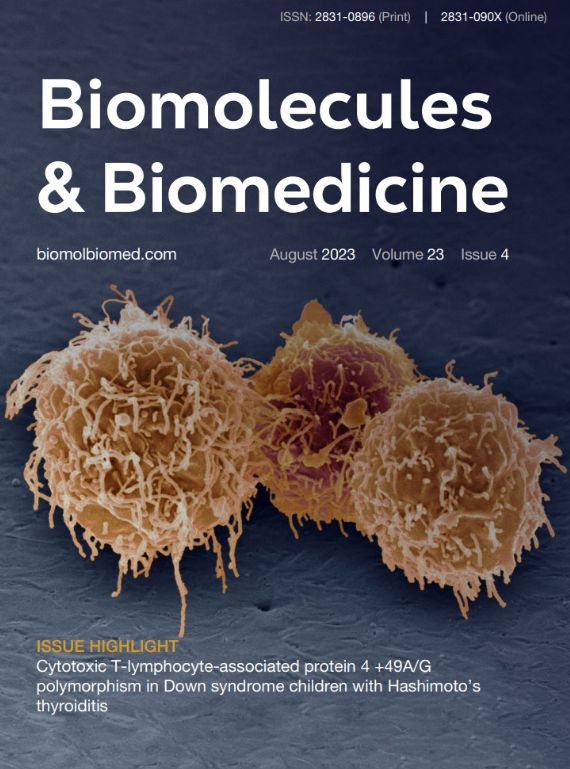
More articles from Volume 23, Issue 4, 2023
The role of chidamide in the treatment of B-cell non-Hodgkin lymphoma: An updated systematic review
Corrigendum: IC50: an unsuitable measure for large-sized prostate cancer spheroids in drug sensitivity evaluation
Changes in the Location and Meaning of Banjaluka’s Urban Core: Recommendations for Urban Landscape Regeneration
Article views
Additional files
This is an early access version
Changes in the Location and Meaning of Banjaluka’s Urban Core: Recommendations for Urban Landscape Regeneration
Innovative Surface Technologies (United States) , Saint Paul , United States
University of Banja Luka , Banja Luka , Bosnia and Herzegovina
Published: 15.03.2024.
New and Emerging Methods
Volume 23, Issue 4 (2023)
pp. 84-93;
Abstract
The starting premise of this paper is that a careful interpretation of changes in the meaning of urban places, provided their autochthonous qualities and the quality of the urban environment and architecture are respected, can help to better understand and treat the built environment. The case study presented investigates Banja Luka’s urban landscape, i.e., concrete changes to its urban core and the principles that have underlain its planning and construction over time. Also, it shows how the use of different regulation instruments and the formation of spatial hierarchies led to spatial-physical, visual, and symbolic or axiological-normative properties, as well as standards of use, translating into features of spatial identity.
Keywords
Author Contributions
Conceptualization, J.; Methodology, J.; Supervision, J.; Validation, J.; Investigation, A.H.; Software, A.H. All authors have read and agreed to the published version of the manuscript.
Citation
Copyright
This is an open access article distributed under the Creative Commons Attribution License which permits unrestricted use, distribution, and reproduction in any medium, provided the original work is properly cited.
Article metrics
The statements, opinions and data contained in the journal are solely those of the individual authors and contributors and not of the publisher and the editor(s). We stay neutral with regard to jurisdictional claims in published maps and institutional affiliations.















